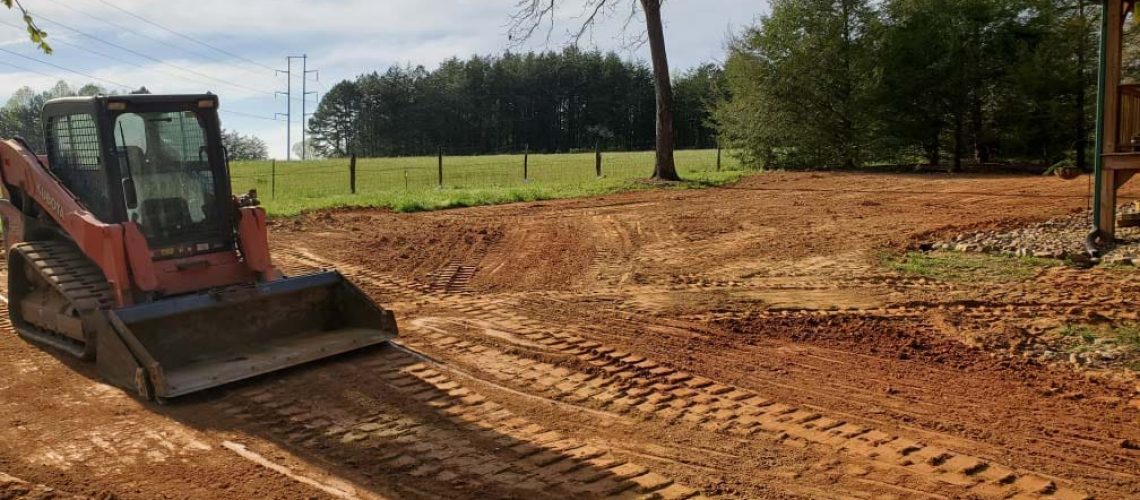Have you ever given much attention to the idea of grading your property? Grading your property provides a lot of benefits to the surrounding landscapes. Most homeowners often believe their property landscape is in excellent condition until it begins to rain and discover its failing states. If your property is not graded correctly, rainwater can run towards any structure on the property. And this can lead to various damaging issues. The good news is that you can determine whether or not grading will be a potential issue, and you can even take control of the situation.
What is the purpose of property grading?
The grading of your property is the foundational level around your property, and the way the land levels out dictates where water will flow. The surrounding landscape should be in excellent condition, meaning it should slant away from your home. But if it is appropriately graded, water can seep into your subfloor, which means sloping towards the house. This leads to a lot of pressure, causing flooding, leaks, and cracking in the subfloor. If there are underlying cracks, the water will permeate as it runs and pools, resulting in foundation repair complications. Yet, all this can be rectified if the property is graded correctly.
The Importance of Grading Your Property
Grading your property can help improve a lot around your surroundings. Here are a few reasons it is important of properly grade your environment
It helps to keep erosion to a minimum.
When grading is completed, not only is the earth leveled but it is also compressed. Following severe rains, loose soils tend to erode. On the other hand, when soil is compacted, it tends to stay in place. Eroded soil will frequently be deposited in a low-lying part of your property, creating an unattractive blotch on your landscape. If you have plants in the affected area, they can also be affected by the storm.
It helps to keep your home safe.
If your property is experiencing drainage problems, grading your land can help to mitigate the situation. Stagnant water or a slope that directs water toward your home can be pretty harmful. This is because water can seep into your home’s foundation, causing it to lose its structural integrity as a result. This can be pretty harmful to the people who live in your house, and it can be costly to repair. It also has the additional effect of decreasing the value of your property.
Mold and mildew can grow in your home due to water leaking into it. Aside from being ugly, these have been linked to respiratory problems and worsening pre-existing allergic conditions. This can be avoided if the water flow is identified and adequately graded to direct water away from your house into an appropriate outlet.
Make Provisions for Drainage
A properly graded property helps keep flooding at bay. Flooding can cause damage to your yard, grass, and garden due to the accumulation of stagnant water in these areas. If this occurs on grass, it might result in water pools that serve as breeding grounds for bugs and insects. When it comes to your garden, stagnant waters prevent oxygen from reaching the roots of your plants, which can lead to root rot. Once again, grading and sloping will allow you to divert water away from areas where it could cause problems.
It encourages the use of beautiful landscaping.
The other advantage of property grading is that it serves as a foundation for all of your landscaping efforts. Even with the best intentions, the uneven ground will not result in the beautifully manicured lawns that homeowners lust after. Whatever you have in mind for your property, whether plants, lights, water features, or pavement, will always look better if it’s done on a properly graded property.
Conclusion
The direction of water flow on your land is determined mainly by how well the property is graded. When grading your property, you should consider all of the areas surrounding your home, including the lawns, paved areas, the garden, and the landscape. In order to achieve this, you must direct water falling on your roof and throughout your entire property away from your home.


